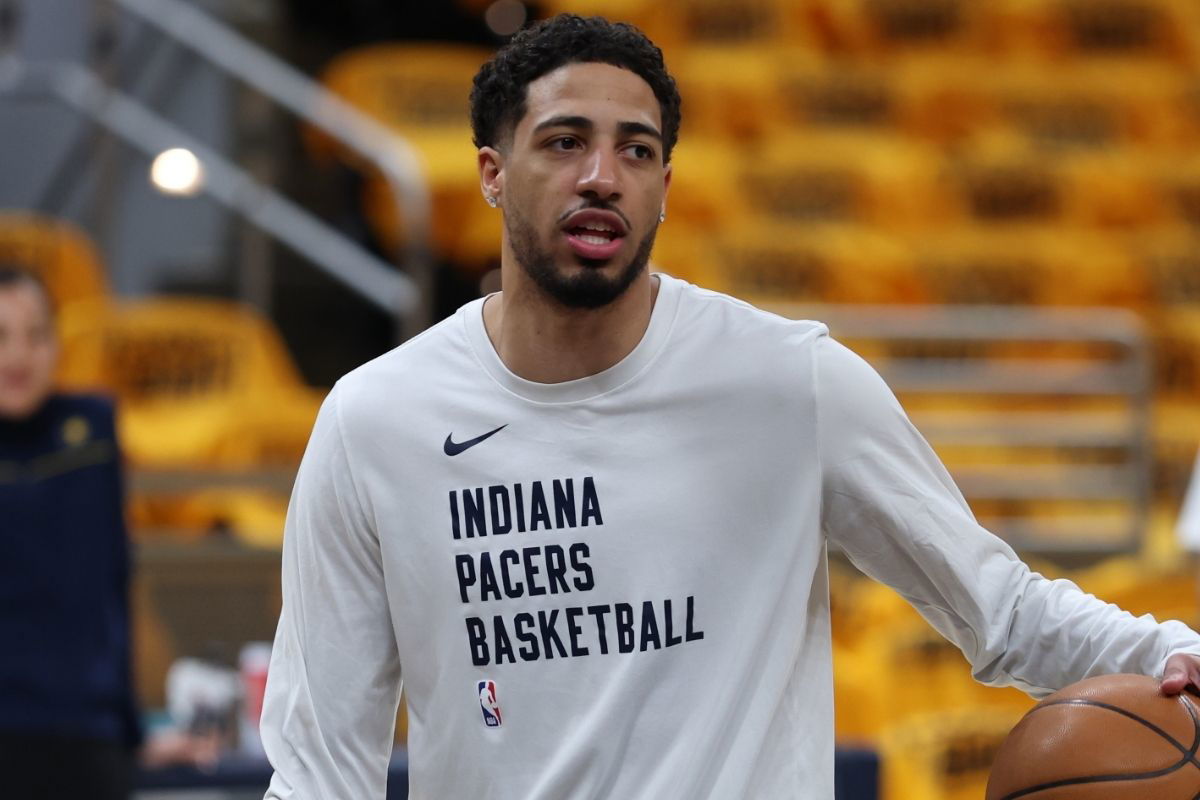
Imago
May 25, 2025; Indianapolis, Indiana, USA; Indiana Pacers guard Tyrese Haliburton (0) warms up prior to game three of the eastern conference finals against the New York Knicks for the 2025 NBA Playoffs at Gainbridge Fieldhouse. Mandatory Credit: Trevor Ruszkowski-Imagn Images

Imago
May 25, 2025; Indianapolis, Indiana, USA; Indiana Pacers guard Tyrese Haliburton (0) warms up prior to game three of the eastern conference finals against the New York Knicks for the 2025 NBA Playoffs at Gainbridge Fieldhouse. Mandatory Credit: Trevor Ruszkowski-Imagn Images
German sportswear giant Puma is standing at a major crossroads. For months, whispers have circled around a possible sale of the company, sending both investors and fans into speculation. Puma’s largest shareholder, the Pinault family, has reportedly hired advisers to explore options for their 29% stake in the brand. While this doesn’t guarantee a sale, it has certainly raised questions about what’s next. Could this really reshape Puma’s future in sports, and more importantly, its NBA presence?
Watch What’s Trending Now!
Matt Powell, a well-known industry consultant, isn’t too surprised by these rumors. He points out that Puma’s short-term results haven’t been strong. “Short-term results have been weak, especially in the U.S. and Europe, and that’s the biggest reason Puma’s stock has been down,” Powell said in a recent conversation.
Puma’s sales for the second quarter of 2025 have dropped by 2.0% due to reduced demand in North America, Europe, and China, per the company’s press release. This represents a loss of €247 million, which raises the question: if the business has been dipping in some of the biggest markets, does selling become the obvious choice?
ADVERTISEMENT
The company stock has been on the move in response to these rumors. Reports say shares recently jumped 18% after news broke about the Pinault family’s Artémis holding company weighing a sale of its stake. This stake is worth around €800 million, or $937 million. For context, Puma has lost more than 60% of its market value in the past two years. Still, the sudden surge shows how even early-stage talks with buyers like Anta Sports, Li-Ning, and U.S. competitors can stir interest across the industry.
View this post on Instagram
But let’s take a step back and look at Puma’s biggest bet: basketball. Puma invested heavily into this category, signing NBA and WNBA stars with hopes of gaining ground against Nike and Adidas. Players like LaMelo Ball, Tyrese Haliburton, and Breanna Stewart became the face of Puma’s basketball identity. Powell notes, “The basketball business isn’t great here in the U.S.”
ADVERTISEMENT
So why keep investing? Perhaps Puma sees its roster as the bridge to fashion, youth culture, and global recognition.
ADVERTISEMENT
Players signed with the brand
To understand how deep Puma has gone into basketball, here’s a breakdown of its current NBA roster. From rising stars to veterans, Puma has quietly built an impressive lineup.
| LaMelo Ball | Hornets | $100M, 4 years | MB.04 | Cornerstone of Puma basketball |
| Tyrese Haliburton | Pacers | Signed 2024 | Hali 1 | Major addition, All-Star |
| Scoot Henderson | Blazers | Multi-year rookie deal | Scoot Zeros II | Youth-focused star |
| Deandre Ayton | Lakers | Multi-million, 2018 | None | Key part of re-entry |
| RJ Barrett | Raptors | Signed 2019 | None | Ongoing ambassador |
| Kyle Kuzma | Bucks | Signed 2019 | Kuzma Mid | Style and performance |
| Michael Porter Jr. | Nets | Signed 2018 | None | NBA Champion |
| Marcus Smart | Lakers | Signed 2024 | None | Defensive leader |
| Josh Giddey | Bulls | Signed 2024 | None | Dynamic young star |
| Dennis Schröder | Kings | Signed 2022 | None | Global ambassador |
| Marvin Bagley III | Wizards | Signed 2018 | None | Early Puma push |
Top Stories
Did Zion Williamson Slide Into Sydney Sweeney’s DMs? Fact Checking the Viral Screenshot
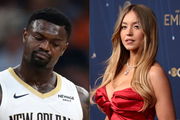
Shaquille O’Neal’s Lakers Teammate Arrested Again As Arizona Court Issues Verdict On Order Violation
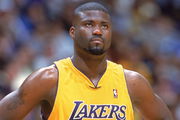
Cameron Brink Announces Personal Decision Ahead of Unrivaled Debut With Paige Bueckers
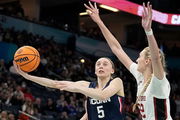
Lakers Make Bronny James Announcement Ahead of Clippers Game
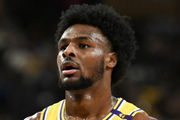
Are Luka Doncic, LeBron James Playing Tonight? Lakers vs Clippers Latest Injury Report (Dec 20)
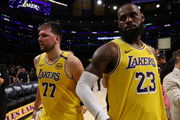
ADVERTISEMENT
The status of Tyrese Haliburton and co’s future amid $937M sale
So, where does all of this leave Puma’s NBA athletes? Interestingly, the rumored $937 million sale hasn’t shown signs of disrupting these partnerships. In fact, Puma recently launched its largest basketball campaign in a decade, featuring LaMelo Ball, Haliburton, Henderson, and Breanna Stewart. That doesn’t look like a company slowing down. The consistent release of signature shoes also shows a long-term commitment, suggesting that any potential sale won’t immediately change things for their stars.
If new ownership steps in, priorities could shift. Could budgets shrink? Could strategies change? Those are fair questions. Yet analysts argue that basketball is one of Puma’s biggest growth areas, making it unlikely that a buyer would walk away from such valuable deals. Multi-year contracts and signature shoe lines protect the athletes, ensuring that they remain tied to Puma regardless of what happens behind the boardroom doors. For the players, the future feels more secure than shaky.
Cristina Fernández, an analyst with Telsey Advisory Group, believes Puma’s story is about momentum rather than collapse. “Puma is not a broken brand,” she explained. Her point is that Puma just needs sharper focus, more innovation, and collaborations that capture attention. Think back to how their partnership with Rihanna once reshaped their visibility. Could the same be true for their NBA stars? If the next wave of shoes connects with fans, Puma could climb back.
ADVERTISEMENT
Still, external challenges remain. Tariffs on imports from Vietnam, Cambodia, and Indonesia have started to weigh heavily on Puma’s business. Fernández pointed out that these tariffs are worse than before and will stretch into 2026. That means even if Puma nails its basketball and fashion strategy, outside pressures could make recovery slower. How much patience would a new owner have in such a situation? That’s a storyline worth keeping an eye on.
For now, the outlook is steady. Puma has at least 11 NBA players signed, with LaMelo Ball, Tyrese Haliburton, and Scoot Henderson at the center of its basketball push. The $937 million sale remains speculation, not fact, and Puma’s moves over the past year suggest they are doubling down on basketball, not pulling away. Fans who wondered whether their favorite stars’ deals would be at risk can relax, at least for now.
ADVERTISEMENT
ADVERTISEMENT
ADVERTISEMENT

